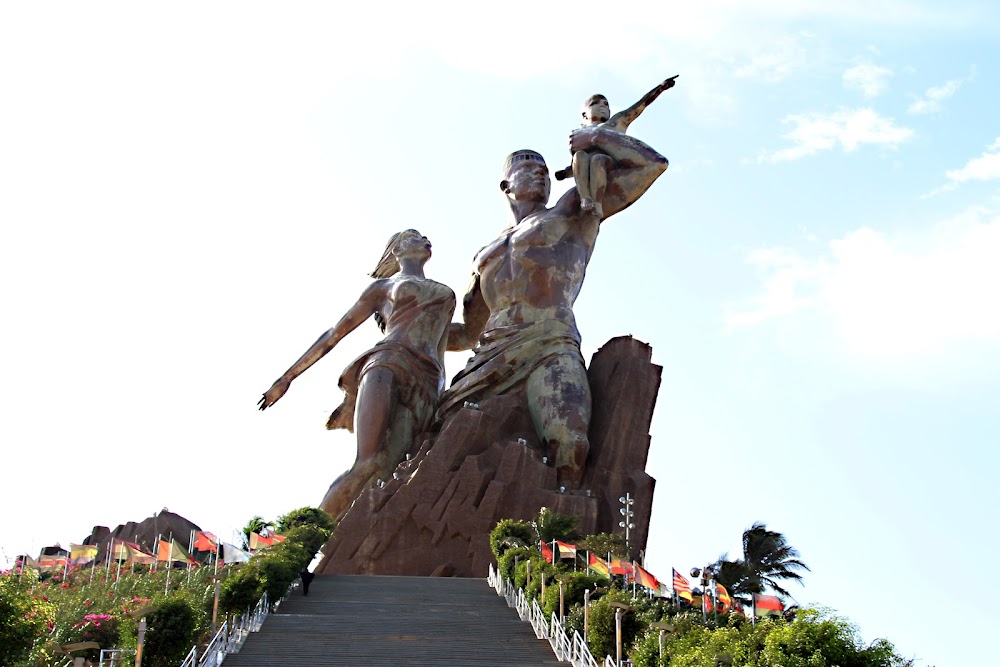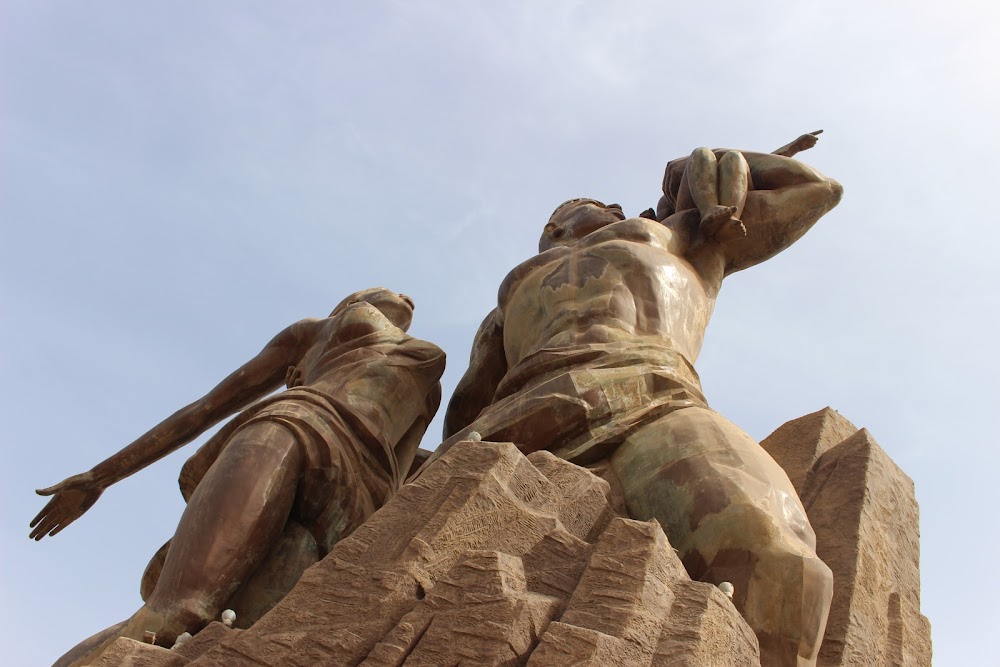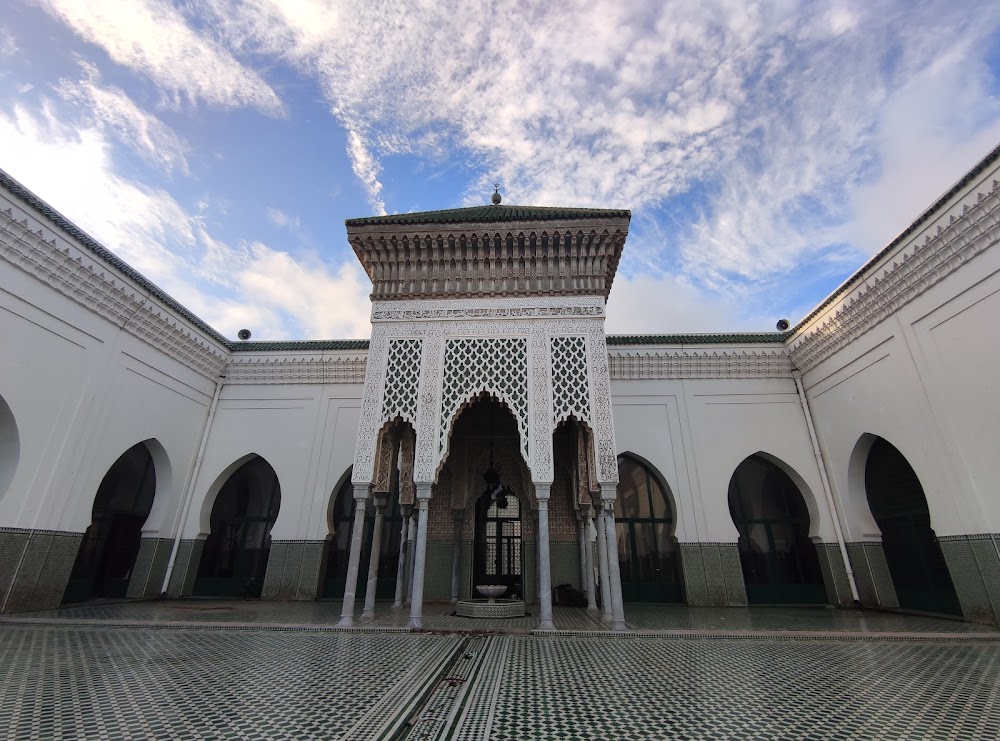African Renaissance Monument (Monument de la Renaissance Africaine)
Overview
The African Renaissance Monument is a remarkable statue located in Dakar, Senegal, standing at an impressive height of 49 meters, making it the tallest statue in Africa. This monumental figure was created to symbolize the continent's emergence from centuries of oppression and its aspirations for a brighter, unified future.
The idea for the monument originated from then-President Abdoulaye Wade, who envisioned it as a grand symbol celebrating Africa's resilience and rebirth. This project was part of a broader initiative aimed at boosting national pride, enhancing tourism, and positioning Senegal at the forefront of the African Renaissance movement.
Construction of the monument began in 2006 and took several years to complete, culminating in its inauguration in 2010. Designed by Senegalese architect Pierre Goudiaby Atepa, the statue was constructed by Mansudae Overseas Projects, a North Korean company. The involvement of a North Korean firm sparked controversy due to political and ethical concerns; however, their expertise in building large-scale statues was a key factor in the decision.
The statue depicts a man, woman, and child ascending a mountain, representing progress and ambition. The man holds the child aloft in his left arm while extending his right arm toward the horizon, symbolizing hope for future prosperity. The child, with an eager expression, points into the distance, embodying the promise of future generations. Beside them, the woman stands proudly, her left arm extended, signifying her critical role in this journey.
Constructed primarily of bronze, the African Renaissance Monument has a striking presence that shines brightly against Dakar's skyline. The materials were specifically chosen for their durability and ability to withstand the coastal climate. Visitors can take an elevator inside the statue to reach a lookout point at the top of the man's head, offering breathtaking panoramic views of Dakar and its surroundings.
Despite its grandeur, the monument faced criticism during its development. Detractors highlighted the project's high cost, estimated at $27 million, arguing that such funds could have been better allocated to improving local infrastructure and social services. Additionally, some critics felt that the design did not adequately reflect African artistry and traditions, given its North Korean origins.
The monument was officially inaugurated on April 4, 2010, coinciding with Senegal's 50th anniversary of independence from France. The ceremony attracted numerous African leaders and dignitaries, who praised the monument as a beacon of hope and unity for the continent.
Today, the African Renaissance Monument stands as a powerful emblem of Senegalese pride, attracting thousands of visitors from across Africa and around the world each year. The site also features a museum dedicated to showcasing African history and culture, alongside the story of the monument's creation.
In summary, the African Renaissance Monument is not just a striking landmark; it is a testament to the dreams and aspirations of a continent. Its towering presence and profound symbolism continue to inspire dialogue about Africa's past, present, and future, making it a must-visit destination for anyone exploring Dakar.







